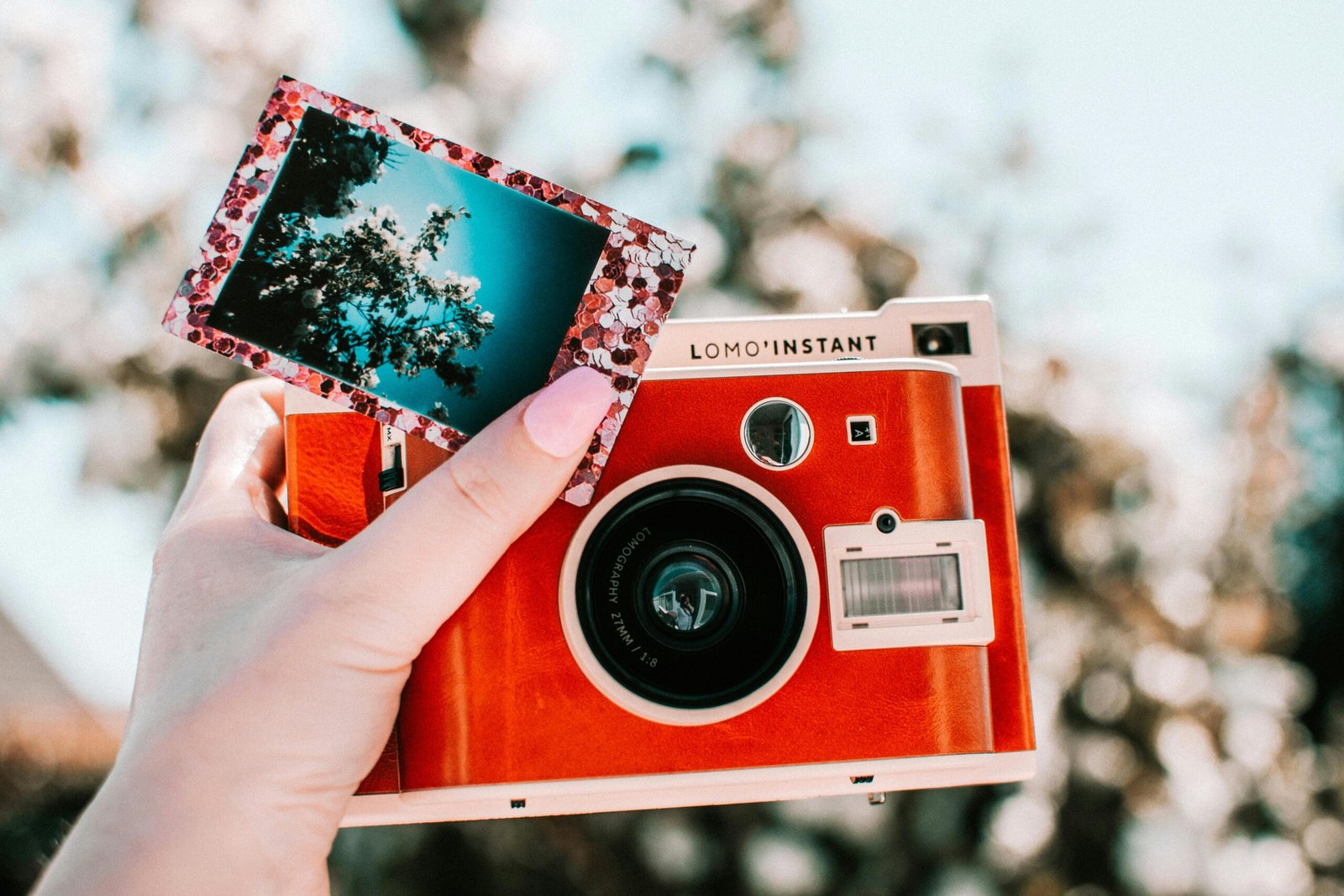Product Photography Product photography plays a crucial role in today's digital landscape. Whether you're an…
The Ultimate Guide to Product Photography for E-Commerce
In the world of e-commerce, where customers can’t physically touch or see products before buying, visuals are everything. This is where product photography becomes a powerful tool that can make or break a sale. The images you use on your site directly influence purchasing decisions, which is why mastering the art of product photography is crucial to growing your online business.
Why Product Photography Matters in Online Retail
The Impact of Visuals on Buyer Behavior
When it comes to shopping online, customers rely heavily on what they see. Over 90% of consumers say that product visuals are a major deciding factor in their purchase process. If your photos don’t clearly represent the product or lack quality, potential buyers are likely to click away.
How Good Photography Boosts Conversion Rates
Quality product photography has the power to elevate your brand, build trust, and, most importantly, increase conversion rates. Studies show that professional-looking product images can boost conversions by up to 30%. So, investing in great product photos isn’t just about aesthetics—it directly impacts your bottom line.
Essential Equipment for E-Commerce Product Photography
Choosing the Right Camera for Product Shots
You don’t need the most expensive camera, but having a DSLR or mirrorless camera will drastically improve the quality of your shots. Look for cameras that offer manual settings, allowing you to control the aperture, shutter speed, and ISO.
Lenses That Make Your Products Shine
The lens you choose matters as much as the camera. Prime lenses (with fixed focal lengths) tend to produce sharper images compared to zoom lenses. For product photography, a 50mm or 85mm prime lens works beautifully, providing sharpness and depth without distortion.
Prime vs. Zoom Lenses for E-Commerce
While zoom lenses offer versatility, prime lenses are the gold standard for sharp, high-quality product images. They force you to be more creative with your positioning and framing, leading to more professional-looking photos.
Setting Up the Perfect Lighting for Product Photos

Natural vs. Artificial Lighting
Lighting can make or break a product photo. Natural light is great for beginners as it’s easy to work with and provides soft, even lighting. However, artificial lighting, like softboxes, gives you more control and consistency, which is crucial for high-end e-commerce images.
How to Use Softboxes for a Professional Look
Softboxes are affordable tools that help diffuse light, reducing harsh shadows and creating a professional, polished look. Position your softboxes on either side of the product for an even, well-lit shot.
DIY Lighting Setup for Beginners
If you’re on a budget, you can create a DIY lighting setup using simple tools like desk lamps and white sheets to diffuse the light. This gives you control over lighting without breaking the bank.
Backgrounds and Props: Making Your Products Stand Out
Using Seamless Backgrounds for Clean Images
A seamless white or neutral background helps your product pop without distractions. It’s easy to set up and perfect for a clean, professional look that highlights the product.
When and How to Incorporate Props
Props can add context and interest to your product photos, but they should complement rather than overshadow the product. Be careful to use props sparingly to avoid cluttering the image.
Mastering Angles and Composition in Product Photography
The Rule of Thirds in Product Photography
The rule of thirds is a classic composition technique where the frame is divided into three equal parts, both horizontally and vertically. Positioning your product along these lines or at the intersections creates a balanced, visually appealing shot.
Shooting From Different Angles to Show Detail
Capturing your product from multiple angles gives potential buyers a complete view of what they’re getting. It’s especially important for items like clothing, furniture, or tech gadgets where detail matters.
Editing Your Photos for Maximum Impact

Tools and Software for Professional Edits
Editing software like Adobe Photoshop or Lightroom can enhance your product images significantly. These tools allow you to adjust exposure, contrast, sharpness, and colors, making your photos look polished and professional.
Key Editing Techniques: Cropping, Color Correction, and Retouching
Basic editing techniques like cropping for better framing, adjusting color balance, and retouching blemishes are essential for product photos. However, avoid overediting, as this can make your images look unrealistic.
Optimizing Product Photos for Your E-Commerce Website
Image Size and Format Considerations
Large image files can slow down your website’s loading speed, which negatively affects both SEO and user experience. Compress your images to an appropriate size without sacrificing quality. JPEGs and PNGs are the most common formats for product photos.
How to Use Alt Text for SEO
Alt text is a description of an image that helps search engines understand its content. It’s essential to include keywords in your alt text to improve your SEO and ensure your images rank in search engine results.
Product Photography Best Practices for Different Categories
Apparel and Fashion Photography Tips
For fashion items, it’s important to showcase not just the fit but also the texture and details. Use models or mannequins, and consider shooting lifestyle images to show how the product looks in use.
Jewelry Photography for E-Commerce
Jewelry requires special attention to lighting and focus to capture its shine and intricate details. A macro lens can help you get those up-close shots that showcase the craftsmanship.
Shooting Electronics and Gadgets
For tech products, it’s important to highlight both the design and the functionality. Use a clean background and shoot from angles that display key features.
Mobile Photography for E-Commerce: Is It Possible?
Tips for Getting Professional Results with Your Smartphone
While a DSLR is preferable, modern smartphones have advanced cameras that can capture high-quality product photos. Use natural light, a tripod, and editing apps to maximize the quality of your mobile photos.
Editing Apps to Enhance Mobile Photos
Apps like Snapseed or VSCO provide advanced editing tools that can enhance your mobile photos, making them look professional with just a few adjustments.
Common Mistakes to Avoid in Product Photography
Poor Lighting and How to Fix It
Lighting is the number one mistake in amateur photography. If your images are too dark or overly bright, use a softbox or adjust your light source to create even, flattering lighting.
Overediting: When Less is More
Overediting can make your products look unnatural. Stick to minor adjustments that enhance the photo without drastically altering the appearance of the product.
Hiring a Professional Photographer vs. DIY Photography

Cost Considerations and ROI
Hiring a professional photographer can be costly, but it’s an investment that can pay off with higher-quality images that boost conversions. If your budget is tight, consider DIY photography with the right equipment and techniques.
How to Choose the Right Photographer for Your Brand
Look for a photographer who specializes in e-commerce and has experience with your type of products. Review their portfolio to ensure their style aligns with your brand’s vision.
Conclusion: The Importance of High-Quality Product Photography for E-Commerce
In e-commerce, product photography is not just an afterthought; it’s a critical component of your success. With the right tools, techniques, and attention to detail, you can create stunning images that not only showcase your products but also drive sales and enhance your brand’s credibility.
FAQs
What camera is best for e-commerce product photography?
A DSLR or mirrorless camera with manual settings is ideal for e-commerce photography. Cameras like the Canon EOS Rebel series or Sony Alpha models are great for beginners.
Can I use my smartphone for product photography?
Yes, modern smartphones can capture high-quality product photos, especially with the right lighting and editing apps.
How do I make my product photos look professional?
Focus on proper lighting, use a clean background, and edit your photos for brightness, contrast, and color accuracy without overdoing it.
What’s the best lighting setup for product photography?
Softboxes are a great lighting solution for evenly lit product photos. Natural light can also work well if positioned correctly.
How many images should I upload for each product?
Aim for at least 3-5 images per product, showing different angles and important details to give customers a complete view.




